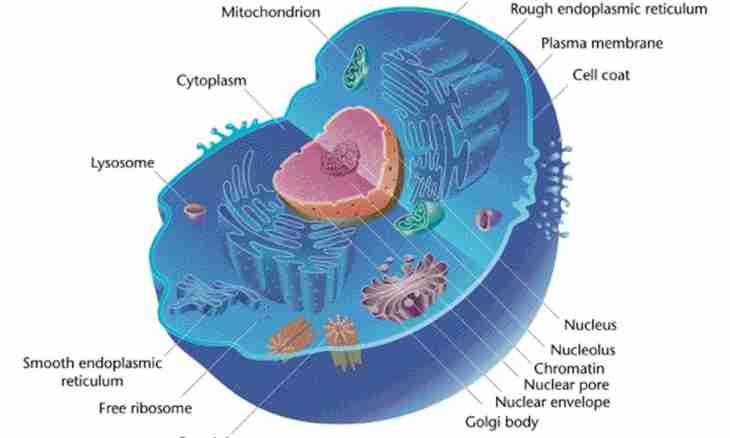The nucleon is a general name of a proton and neutron, particles of which atomic nuclei consist. The most part of mass of atom is the share of nucleons. In spite of the fact that protons and neutrons differ in some properties and behavior, physicists are inclined to consider them members of one "family".
Protons and neutrons have almost identical weight, the difference makes it no more than 1%. Forces operating between two protons or neutrons at identical distance, are almost equal. The most essential difference between a neutron and a proton is presence at the last positive electric charge. The neutron, unlike a proton, a charge has no.
Fundamental particle of substance is the hydrogen kernel as it represents a proton. This fact was established by E. Rutherford, he proved that the mass of a positive charge of atom is in very small area of space. The mass of a proton by 1836 times exceeds the mass of an electron, and its electric charge is equal in size to an electron charge, but has the opposite sign. As well as the electron, a proton possesses to the backs not equal to zero. Backs is a characteristic of rotation of a particle round its pivot-center, to similarly daily rotation of Earth. If the proton is in magnetic field, then it rotates as a spinning top, under the influence of gravity. Speed of this movement is defined by the magnetic moment. Its direction at a proton coincides with the direction of an axis of rotation.
Existence of neutrons was proved by E. Rutherford's assistant J. Chadwick. In the experience Chadwick irradiated beryllium which in turn also became a radiation source. This radiation at collision with kernels beat out from them protons. Chadwick assumed that radiation represents a stream of the particles with a weight equal to the mass of a proton but which do not have electric charge and called them neutrons. In modern physics there is a kvarkovy model giving an idea of structure of nucleons. According to it, nucleons consist of quarks of three types – simpler particles. If according to this theory to designate a charge of a proton through e, then it will have two quarks with a charge +2/3e and one quark with a charge - 1/3e, and a neutron – one quark with a charge +2/3e and two quarks with a charge – 1/3e. This model has quite convincing confirmation in experiments on dispersion of electrons of high energy. Electrons in interaction with nucleons revealed in them presence of internal structure.

